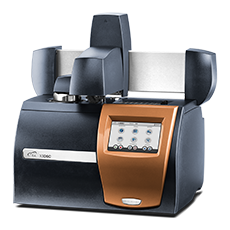Electrolyte Researchers Work to Creatively Solve Energy-Related Challenges
Electrolyte Researchers Work to Creatively Solve Energy-Related Challenges The Amanchukwu Group at the University of Chicago charts new territory with TA Instruments and Waters technology in the design and synthesis of novel electrolyte media for bleeding edge applications in batteries and electrocatalysis Technology: Waters™ TA Instruments™ Thermogravimetric Analyzer, Differential Scanning Calorimeter, Discovery Hybrid Rheometer (DHR),…
Details








